Instructional Series
We are preparing to close this site soon as this content has now moved to Tāhūrangi.
Tāhūrangi is the new online curriculum hub for Te Tāhuhu o te Mātauranga | Ministry of Education.
Welcome to the English medium literacy instructional series teaching and learning resources for years 1 to 8.

- Gold
- Purple
- 4
- 3
- 2
- 1
- 6
- 8
- 4
- 5
- 7
- 3
- 2
- English
- Social Sciences
- Science
- Technology
- Health and Physical Education
- Mathematics and Statistics
- The Arts
- Non-fiction
- Fiction
- None
- Nature of science
- Nature of technology
- Statistics
- Geometry and Measurement
- Living world
- Number and Algebra
- Physical world
- Planet Earth and beyond
- Technological knowledge
- Technological practice
- Use evidence
- Critique evidence
- Gather and interpret data
- Articles
- Stories
- Poems
- Rākau | Tree
- Complex morphemes
- Contractions
- Syllable types
Search results
114 items - Showing 81 - 90
-
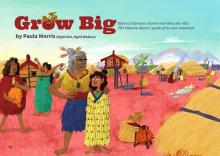
Grow Big
by Paula Morris (Ngāti Wai, Ngāti Whātua); illustrations by Josh Morgan
This story gives readers a vivid picture of daily life in a northern kāinga in Te Ao Tawhito (the old world) around 1770. The story is told through the eyes of a child and is woven with details of traditional kūmara growing methods.
-
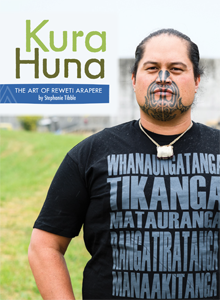
Kura Huna: The Art of Reweti Arapere
by Stephanie Tibble
Reweti Arapere learnt that the art he wanted to make was the art that emerged when he looked at the world through his Māori eyes. His giant cardboard and felt-pen figures help him to tell the stories of his whakapapa and of Aotearoa.
-
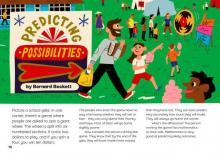
Predicting Possibilities
This article uses real-world examples to show how mathematics can be used to predict the possible outcomes of a range of human and environmental activities. It describes how mathematical models are created by defining and measuring key variables, designing an equation that shows how the variables interact, and using the equation to make predictions.
-
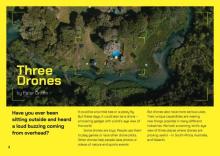
Three Drones
Most students will be aware of drones. This article describes three examples of how they are used in the world of work. By demonstrating their use within three different fields, the text builds awareness of how they work, how they are used now, and how they might be used in the future.
-
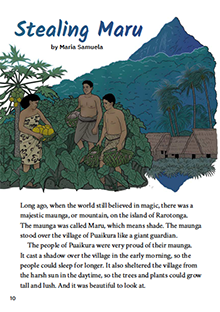
Stealing Maru
by Maria Samuela; illustrations by Elspeth Alix Batt
Long ago, when the world still believed in magic, there was a majestic maunga, or mountain, on the island of Rarotonga. The maunga was called Maru, which means shade. The maunga stood over the village of Puaikura like a giant guardian.
-

Solar Power in Tokelau
by Iona McNaughton
This report highlights the world-first achievement of Tokelau in using renewable energy sources (solar energy and coconut oil) for all its electricity. It explains why Tokelau decided to switch from using fossil fuels and includes comments from a Tokelau family that illustrate the impact of the change.
-
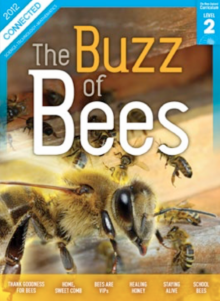
Home Sweet Comb
by Trish Puharich
“Home, Sweet Comb” describes a selection of beehives made by people living in different cultures and at different times across the world. It describes the materials the hives were made of, their shapes and structures, and how beekeepers collected the honey stored inside them.
-
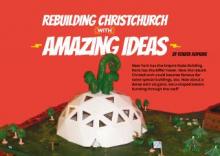
Rebuilding Christchurch with Amazing Ideas
by Renata Hopkins
Christchurch students from years 7 to 13 entered the Amazing Place City Project competition. They were asked to design an amazing place to help make Christchurch the best small city in the world. The year 7 winning team tested their ideas and used evidence to show that the ideas could really work.
-
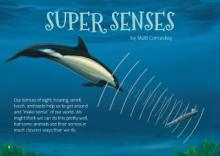
Super Senses
by Matt Comesky
Animals use amazing senses to navigate the world. How do dolphins find things underwater? Why do dung beetles roll their dung at night? Scientists gather and use evidence about animals’ super senses to support their ideas.
-
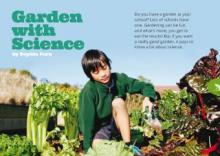
Garden with Science
by Sophie Fern
Science and gardening have a lot in common. To grow healthy plants, gardeners use scientific knowledge and skills, including observing the world around them and experimenting to find evidence to support their ideas. How can you garden with science?





 Literacy Online home
Literacy Online home
